By Bianca Schulze, The Children’s Book Review
Published: April 6, 2011
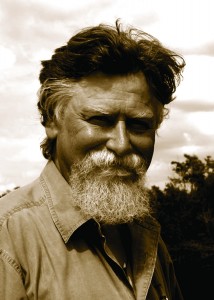
Jim is self taught in writing, art and the natural sciences. He has written and illustrated 86 books on nature subjects and has illustrated 46 other books written by various authors. He has been awarded the Christopher Medal, Orbis Pictus Honor, ALA Gordon Award, and Outstanding Science book awards from National Science Teachers Associations.
TCBR: Your picture book, Man Gave Names To All The Animals, by Bob Dylan, was released last year—and may I just add, it’s beautiful. In your note to the readers, you said: “From the first time I heard it, the lyrics created pictures in my mind of a land of primeval beauty, where the sky and earth were new, where plants first grew, and the animals knew no fear. I thought this vision would make a dream of a book, and I asked for Bob Dylan’s permission to make this dream come true. Happily, he said yes.” Can you tell us more about the process of receiving permission to illustrate a musician’s song? And, most importantly, exactly how you felt when the famous Bob Dylan said yes?
Jim Arnosky: I was fortunate in that my agent’s husband knows Bob Dylan and put us in touch with Mr. Dylan’s agent. I only had to wait my turn among all the requests for Bob Dylan’s songs for various uses and then send Bob Dylan a box of my books ( he was in Australia at the time) so he could see what I do. He must have liked what he saw because he gave me his permission to interpret his song in my own way. All during the process of permissions, I tried to learn more about Dylan, listening to his early songs, reading his autobiography “Chronicles”. We never met, but he saw everything I did and together we approved all the proofs, layouts, cover designs, ads, and catalog references. I am thrilled to have had this opportunity and forever grateful to Bob Dylan and his company for their help.
The wildly rich artwork for this book was prepared using pencil and acrylic paints. From where do you draw your inspiration for each painting?
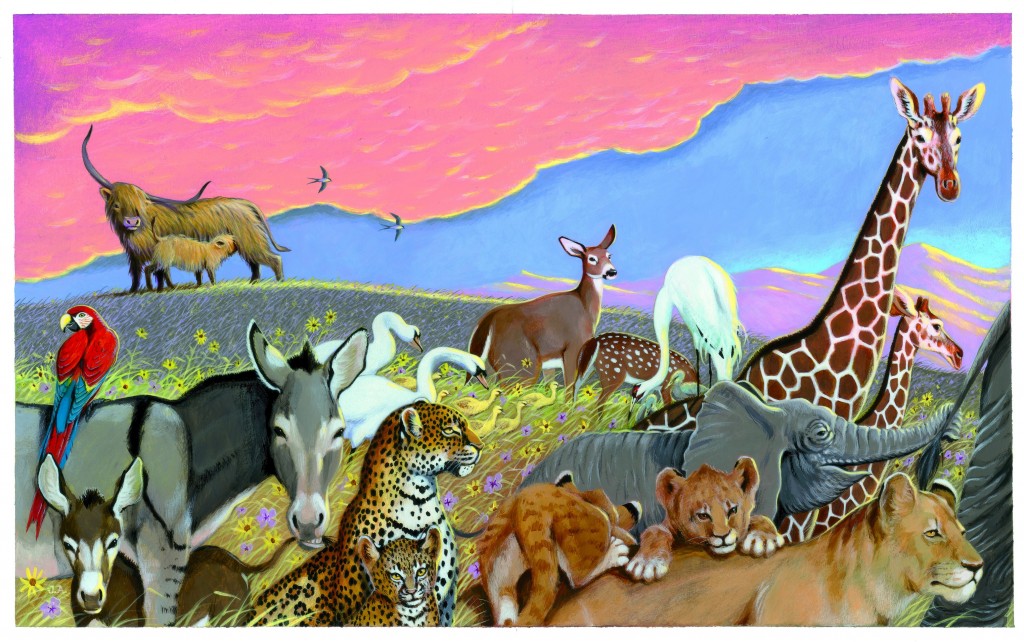
This book was a departure for me since I am used to writing my own books. But, as in my Nature studies, I found inspiration in something small but significant. In this case it was the simple refrain “ In the beginning, a long time ago.”
That was enough to make me try to create a world lush with plants and deep with pristine vistas and to populate it with animals from all around the globe. I painted the pictures at my workplace in the Florida Keys surrounded by tropical plants and the beautiful turquoise sea. My daily wanderings influenced my palette and made the book very colorful.
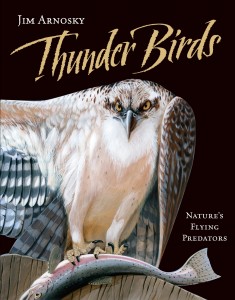
What can you tell us about your latest book, Thunder Birds: Nature’s Flying Predators?
For Thunder Birds, Deanna, my wife, and I traced a good portion of Audubon’s trail from Pennsylvania to New Jersey, down the Eastern coast to Florida and Key West. We saw and photographed the same species of big powerful birds Audubon saw and in some of the same spots, many of which are now protected wild lands.
I measured captive birds, estimated the sizes of wild birds visually, and painted them life-size. It is one of my most ambitious books. The Audubon inspiration was just what I needed to make the book special to me. Since, like Audubon, I am also self- taught in the sciences and art and have learned most of what I know from my own observations and personal experiences in the wild.
I had read that you are self-taught in writing, art and the natural sciences. You have been described as a naturalist—and the many books you have created certainly represent this—to me, this is proof of how passion can truly take a person places. How would you describe your journey to becoming a published author and illustrator?
I had no formal art training in grade school or high school, and I didn’t go to college. My father who was a mechanical draftsman taught me to draw by teaching me how things worked, how things were made; such as a fence or a shed or the axles and wheels on a car. It was natural for me to apply this understanding of how the world works to Nature and my chosen wildlife subjects.
When Deanna and I were married, we were both 19 and I was selling little drawings for $5.00 a piece. Together we began to send out samples to children’s magazines and after 2 years of no answers, I got a job from jack and Jill magazine that led to other freelance assignments.
We moved to a one room cabin in Pennsylvania to keep our expenses low and Deanna made a good home with very little for us and our two girls while I studied every day, hiking 10 miles over the mountains each day. I began keeping journals of my wildlife encounters. I still keep a journal.
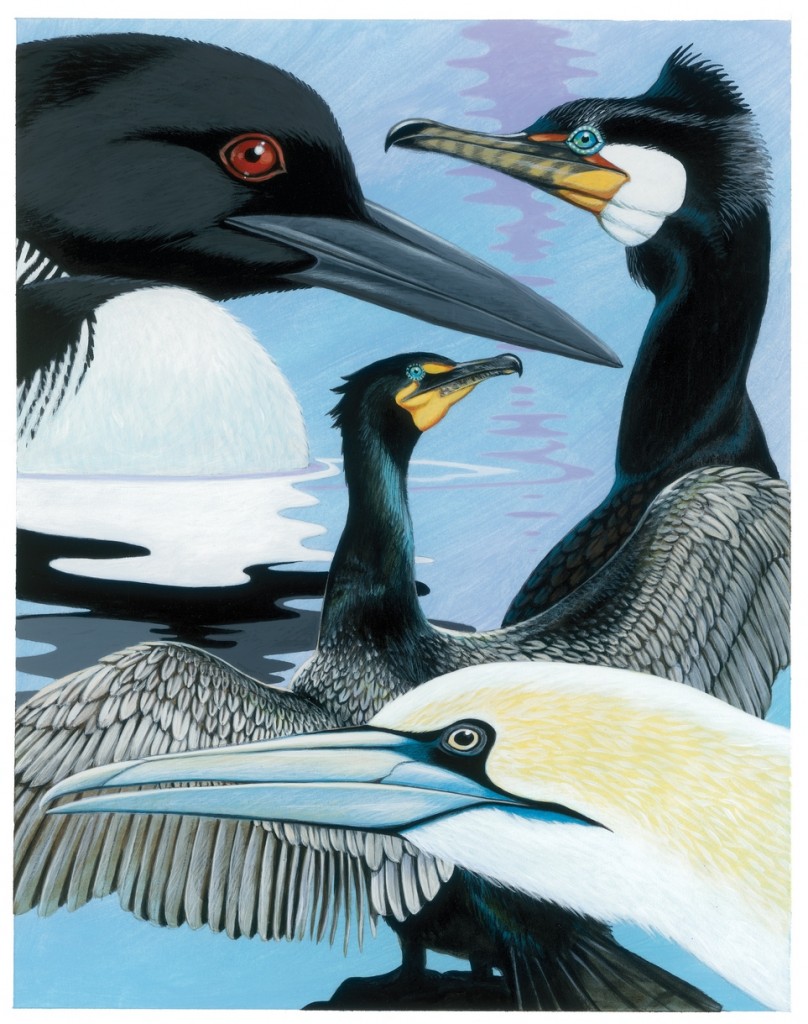
Of all of the books that you have created or collaborated on, which has been the most personally rewarding for you?
The “Crinkleroot” books are special to me because they were the first. Of the 121 books I’ve written and illustrated, 14 are “Crinkleroot” books. I’ve just finished a 15th that is due to come out in Spring 2012 (Putnam). The first “Crinkleroot” book “I Was Born In A Tree and Raised By Bees” began in my head on those long hikes over the mountains 40 years ago.
Which books do you remember most from your own childhood? And, which books did you read to your children in their youngest years?
I didn’t read much as a child. There were no books in our home except for a set of encyclopedias. I read them. Deanna read to our girls when they were young. One was “Watership Down”. I remembered that well. Years later, I read “The Old Man And The Sea” to my three grandsons.
What are you working on now? Should we expect to see any more illustrated songbooks?
I am presently painting the great fish of the ocean along with other smaller sea creatures. The other day I was working on a painting of a puffer and I left the board to rest and fish the sunset. I caught the exact species of puffer I was painting and before I released it, I noticed it had brilliant yellow lips. I added that to my fish in the painting.
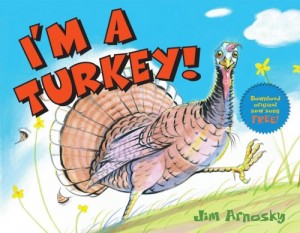
I’ve illustrated three of my own songs, “Rattlesnake Dance”, “Gobble It Up” and “I’m A Turkey”. The last two are available with me singing the songs. I’ve also written another song which I’m hoping to find a publisher for this year.
If you could offer one piece of advice to parents about raising children to enjoy and appreciate nature, what would it be?
To parents I say let their children experience Nature without too much worry instilled in them as they learn about the world around them. Don’t have them fear they will hurt or harm or bother some small creature by picking it up or holding it or even keeping it for a little while. Nature is resilient. It can stand a little child’s wonder while we learn more about it. Make sure they are gentle, careful and considerate about plants and animals, but do it in a way that encourages rather than reprimands. Keep them safe, but give them their freedom to enjoy and explore.
Is there anything else you would like to share with your readers?
Yes, remember, it is true that what we love, we protect. Teach yourself and your children to love wildlife and wild places. That’s even more important at their young age than instilling the idea of protecting wildlife and wild places.
On a parting note, if you, “Man,” were giving names to all the animals, is there one that you would like to go back and change?
If I were “Man” giving names to all the animals, I’d change anemone to something easier to pronounce and remember.
